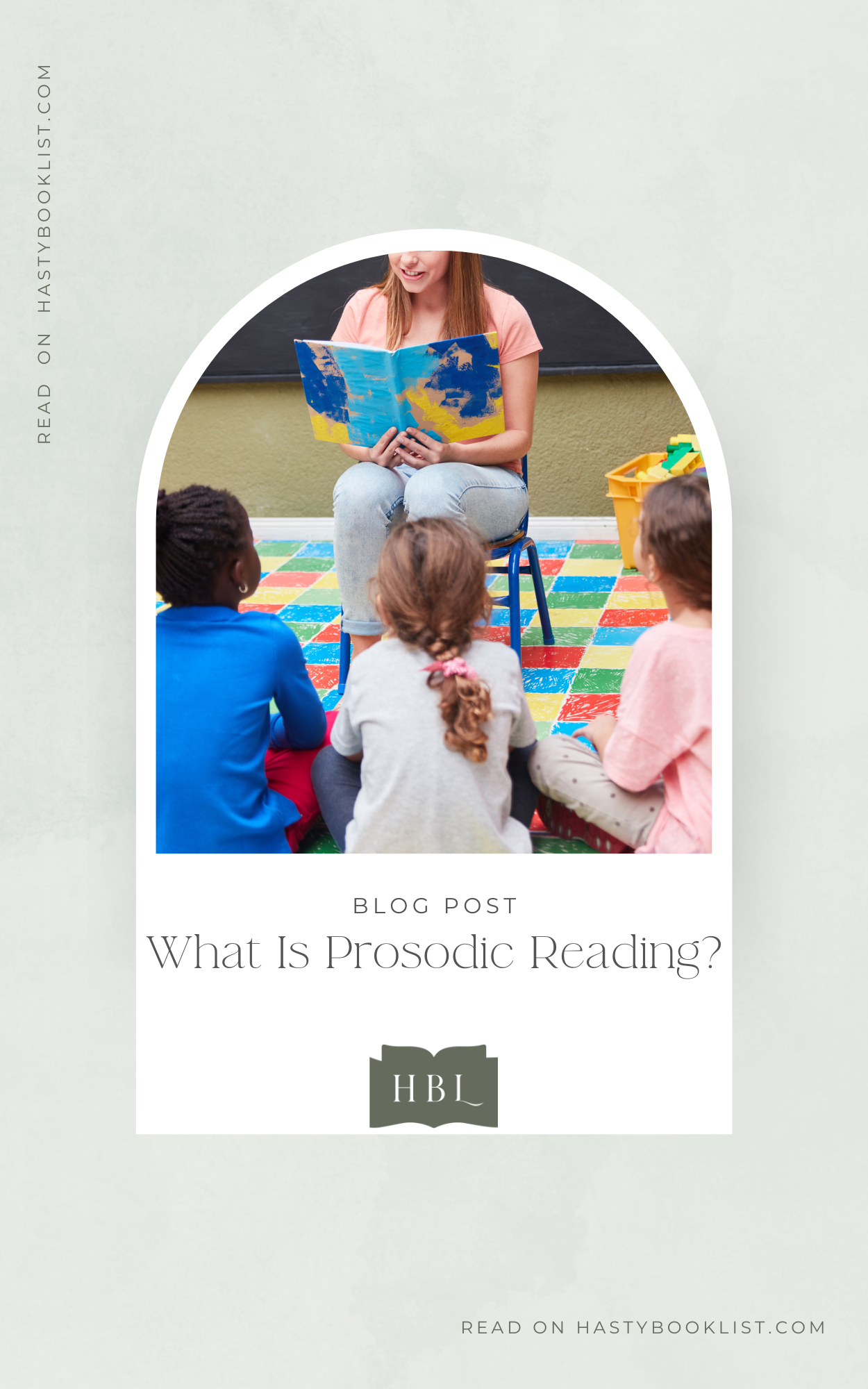What Is Prosodic Reading?
What Is Prosodic Reading?
In the realm of literature and spoken word, there exists a subtle yet profound art form known as prosodic reading. It’s not just about uttering words in a mechanical fashion; instead, it’s a dynamic interplay of rhythm, intonation, emphasis, and phrasing that breathes life into texts, making them resonate with audiences in ways beyond the mere conveyance of information. Let’s uncover the essence of prosodic reading and its significance in the realm of storytelling.
The Melody of Language
At its core, prosodic reading encompasses the musicality inherent in language. Just as a skilled musician infuses a piece of music with emotion and expression, a proficient reader leverages prosody to imbue written text with depth and nuance. This involves modulating pitch, pace, volume, and emphasis to convey the underlying emotions, intentions, and atmospheres embedded within the words.
The Power of Pacing
One of the fundamental elements of prosodic reading is pacing. By varying the speed at which words are delivered, a reader can create tension, suspense, or tranquility within a narrative. Swift pacing may evoke excitement during action sequences, while leisurely pacing can enhance the contemplative mood of reflective passages. Like a conductor guiding an orchestra through tempo changes, a skilled reader orchestrates the rhythm of a story to engage and enthrall their audience.
What Is Prosodic Reading?
The Art of Emphasis
Emphasis plays a pivotal role in prosodic reading, allowing readers to highlight key words or phrases that carry significance within the text. Through strategic emphasis, readers draw attention to pivotal plot points, evoke specific emotions, or underscore thematic elements, guiding listeners through the narrative landscape with clarity and intention. It’s akin to painting with words, using emphasis to add depth and dimension to the canvas of storytelling.
Intonation and Inflection
Intonation, the rise and fall of pitch in speech, along with inflection, the modulation of pitch within individual words or phrases, contribute to the expressive quality of prosodic reading. These elements convey subtleties such as tone, mood, and character traits, enriching the listener's experience by immersing them in the emotional tapestry of the narrative. Whether conveying joy, sorrow, anger, or intrigue, adept use of intonation and inflection breathes life into characters and dialogue, fostering a deeper connection between the audience and the story.
Prosody in Practice
Prosodic reading finds application across various forms of storytelling, from traditional literature to poetry, theater, and beyond. Whether reciting a beloved poem, performing a dramatic monologue, or narrating an audiobook, the principles of prosody elevate the art of storytelling, transforming mere words on a page into a multisensory experience that resonates with listeners on a profound level.
In essence, prosodic reading transcends the mechanical act of reading aloud, elevating it to an art form that engages the senses, stirs the emotions, and sparks the imagination. By harnessing the rhythmic cadence, expressive intonation, and strategic emphasis inherent in language, skilled readers breathe life into texts, transforming them into vibrant tapestries of sound and meaning. So, whether you're a storyteller, a performer, or simply a lover of words, embracing the principles of prosody can unlock new dimensions of depth and beauty in the stories you tell.
What Is Prosodic Reading?
Prosodic Reading for Kids
Prosodic reading holds immense importance for children as it serves as a gateway to fostering a lifelong love for literature and language. Here are several reasons why prosodic reading is beneficial for kids:
1. Enhanced Comprehension
Prosodic reading helps children grasp the meaning behind the words by conveying emotions, intentions, and nuances embedded within the text. By infusing rhythm, intonation, and emphasis, readers guide children through the narrative landscape, making it easier for them to comprehend complex ideas and themes.
2. Development of Language Skills
Exposure to prosodic reading exposes children to the musicality and cadence of language, helping them develop a rich vocabulary, an ear for syntax, and an understanding of sentence structure. Through repeated exposure to expressive reading, children learn to appreciate the beauty and versatility of language, laying a strong foundation for effective communication and literacy skills.
3. Engagement and Imagination
Prosodic reading captivates children's attention by bringing stories to life through dynamic performance. The rhythmic flow, varied pacing, and expressive intonation draw them into the narrative, stimulating their imagination and fostering a deeper connection with the characters and events unfolding in the story. As a result, children are more likely to remain engaged and attentive, leading to a more enjoyable and enriching reading experience.
What Is Prosodic Reading?
4. Emotional Intelligence
Prosodic reading helps children develop emotional intelligence by conveying the feelings and emotions of characters through tone of voice, facial expressions, and body language. By empathizing with the experiences of fictional characters, children learn to recognize and understand a wide range of emotions, fostering empathy, compassion, and social awareness.
5. Improved Fluency and Expression
Regular exposure to prosodic reading helps children improve their reading fluency and expression. By modeling fluent and expressive reading, adults or skilled readers provide children with examples to emulate, helping them develop their own reading voice and style. This not only enhances their oral reading skills but also boosts their confidence and self-esteem as readers.
6. Cultivation of a Love for Reading
Perhaps most importantly, prosodic reading ignites a passion for reading in children by transforming it into a multisensory experience that delights the senses and ignites the imagination. When stories are brought to life through expressive reading, children develop a deep appreciation for the power and magic of literature, inspiring them to explore new worlds, discover new ideas, and embark on countless literary adventures throughout their lives.
Prosodic reading plays a vital role in nurturing children's literacy skills, fostering their imagination, and instilling a lifelong love for reading. By engaging children in dynamic and expressive storytelling, adults and educators can empower them to become confident, competent, and enthusiastic readers who derive joy and fulfillment from the written word.
What Is Prosodic Reading?








